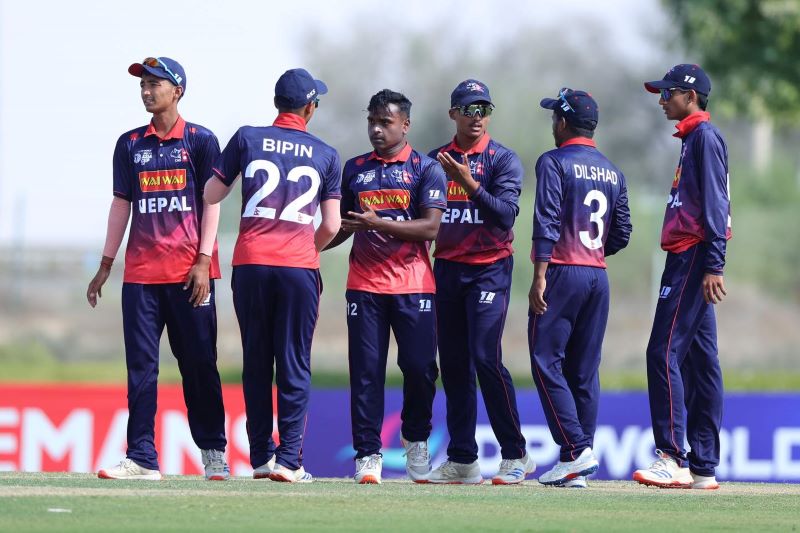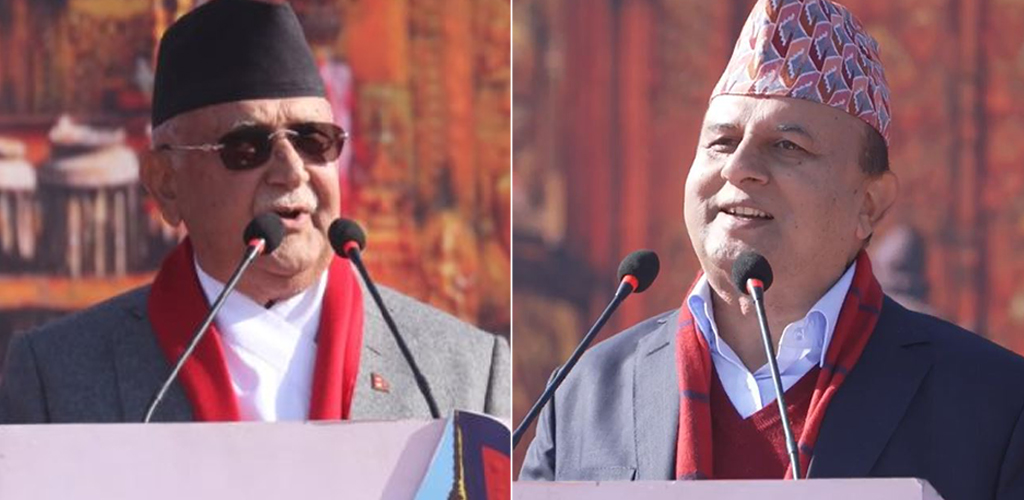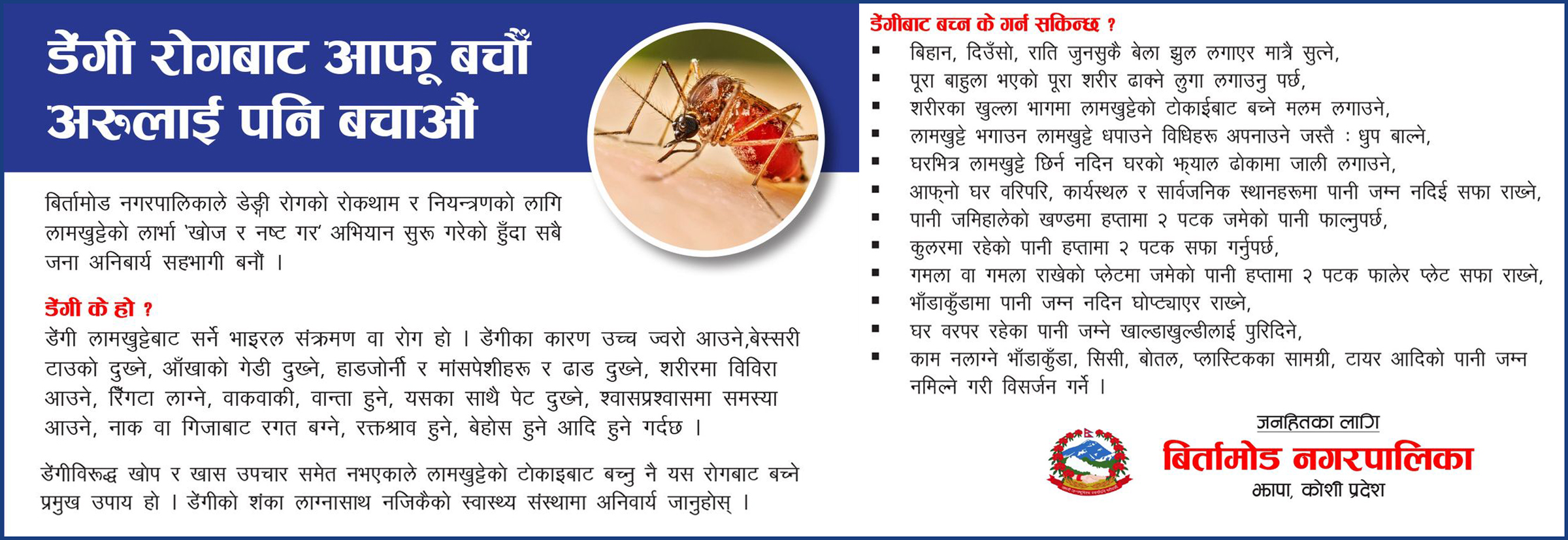
KATHMANDU : The Patan High Court has ruled that Tukucha, which has been buried underground in the Kamaladi and Hattisar areas of Kathmandu, is a river not a sewer. A Joint Bench of Judges, Mahesh Sharma Paudyal and Rajya Laxmi Bajracharya, also said that the state cannot interfere as the buildings and other structures developed over the Tukucha River are private properties.
After the Kathmandu Metropolitan City (KMC) started excavating the Tukucha River on August 30, 2022, Vishwa Prakash Sakh of Kathmandu Metropolitan City-1 filed a writ petition at the High Court seeking an injunction to stop it. The petitioner claimed that the KMC was interfering with private property.
The full text of the judgment published on January 18 mentions that Tukucha (Ichchumati) is a tributary of Bagmati and not a sewer, and it will remain a natural area. “In the presence of Tukucha (Ichchumati) river and a tributary river of Bagmati, and with such a long flow, the contention taken by the learned legal professionals that Tukucha is a sewer does not seem reasonable,” reads the judgment.
The High Court has maintained that the issue of river rights is also included in this dispute. Stating that there is a worldwide declaration on the rights of the river, the court has further said that the declaration recognizes the right to flow of the river as a fundamental right and that the encroachment of the river becomes a subject of legal remedy.
Similarly, Clause 299 (D) of the Civil Code of Nepal 2074 considers the river as government property, while the Land Survey Act 2034 BS and the Land Survey Act 2019 BS define rivers and streams as government land. “Therefore, there can be no dispute that the river is government property and government land,” the judgment reads further.
According to Clause 97 of the Local Government Operation Act, 2074 BS, it is the responsibility of the Metropolis or Municipality to maintain and manage the government property. However, the High Court has categorically stated that the metropolis should not curtail the rights of citizens while protecting the river and should follow the due legal process while carrying out any such works.
A study conducted by the Department of Archeology has shown that the Tukucha River was buried underground from Jaya Nepal Hall to Kathmandu Plaza some 130 years ago. “At that time, Hattisar Palace, White Palace, and Red Palace on both sides of the river were built so that the art and architecture would not be flooded by Tukucha, and the river would not send a foul smell in the areas,” the court has said, quoting the archeology report.
However, KMC Mayor Balen Shah has interpreted the verdict differently, arguing that their works were justified by the court. Taking to Facebook, Mayor Shah said that the first phase of the work to restore the natural rights of Tukucha River through the social network Facebook has been achieved.
“The full text of the Patan High Court’s decision has clearly recognized the option of keeping the Tukucha River open in its natural form. It has proven again that Tukucha is not a sewer, but Tukucha is a river. It has also declared the jurisprudence that rivers have natural rights and legal personality,” he wrote further.
Mayor Shah further said that there is a legal standard that the land on the river or stream, right, left, or above cannot be in the name of a particular person. He also announced the initiation of a process to reclaim the land that rightfully belongs to the river and is currently registered in the name of individuals, in order to ensure the natural flow of the river.
Republica





